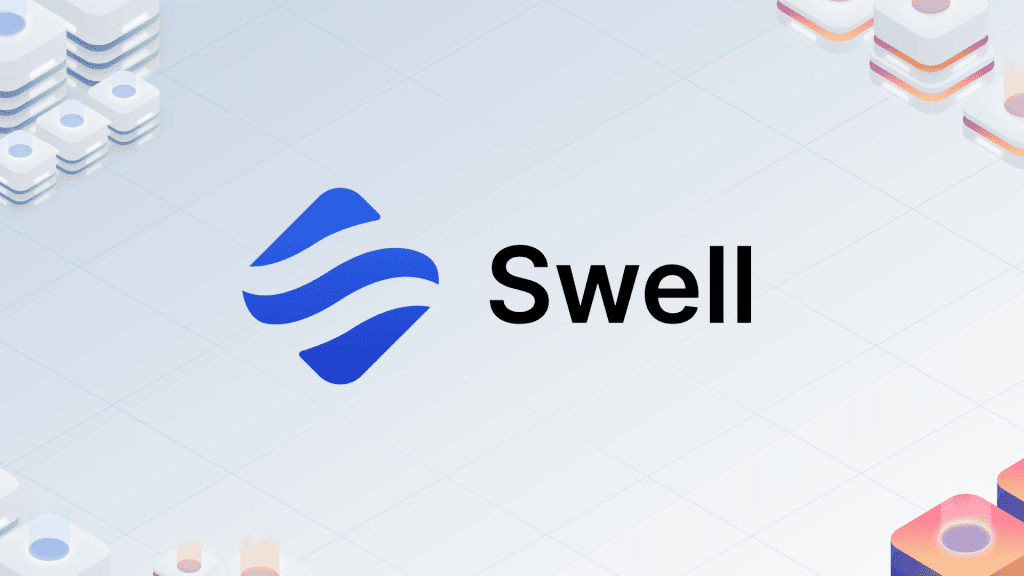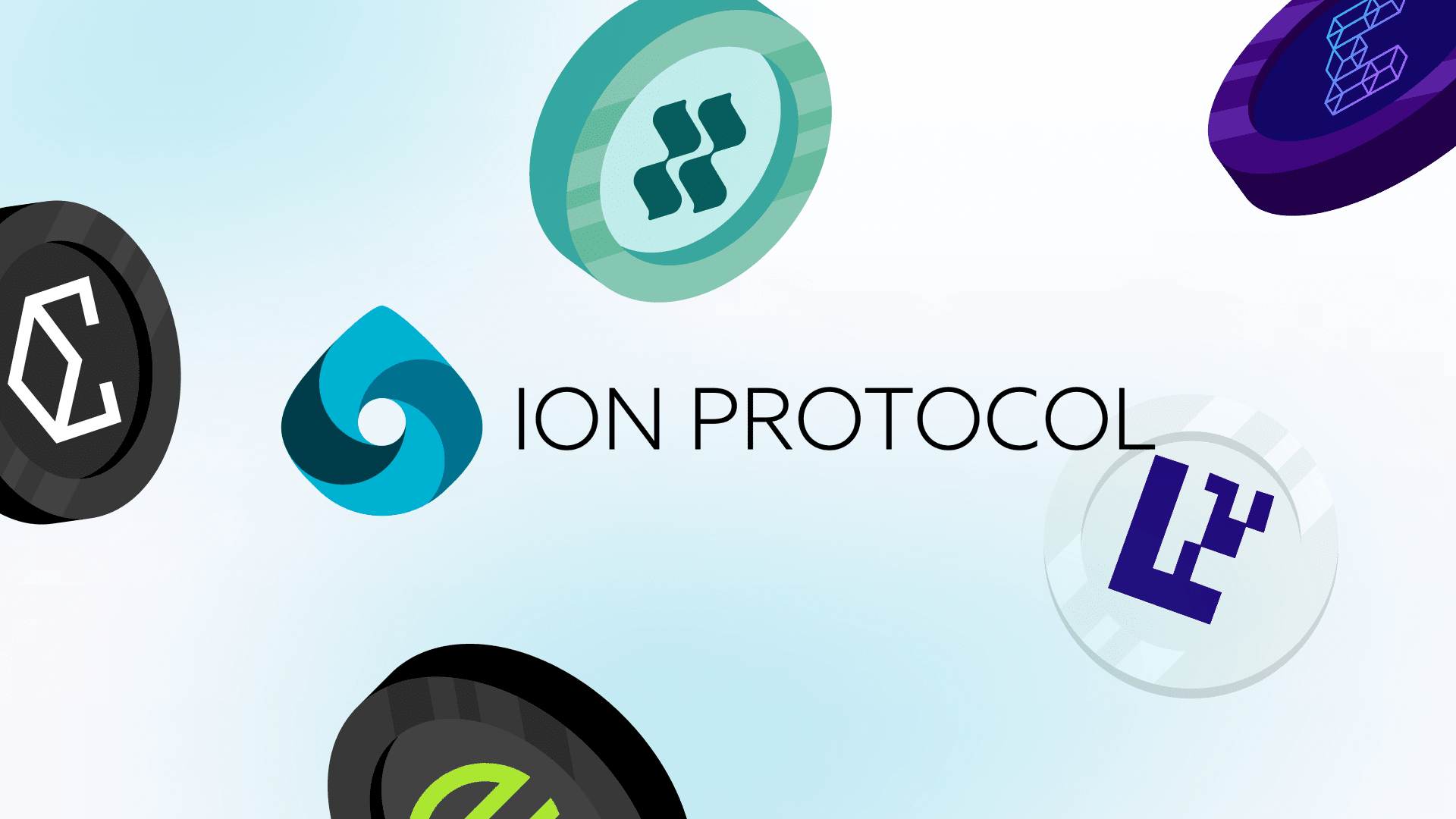AMA Recap:
Revolutionizing DeFi through Advanced Risk Management and Underwriting for Restaking

Introduction
Last week, Ion Protocol took part of another amazing discussion hosted by the team at Swell Network. We shed light on the advancements we’ve made in our underwriting and risk management framework, Clarity, for validator backed assets (VBAs). Our focus for this conversation was to thoroughly explain our approach and shine light on how innovations like Clarity can make DeFi more accessible for stakers, liquid stakers, restakers, and liquid restakers alike.
This is all in anticipation for Swell Network’s impending launch of their liquid restaking token (LRT). This article discusses some proprietary knowledge we’ve developed after months of research, and how we’ve positioned Ion to enable greater access to restaking for everyone.
Ion Protocol: Redefining Lending for Staked and Restaked Assets
Ion Protocol is built as a cutting edge lending & borrowing protocol for staked and restaked assets. This allows users that hold staked positions such as LSTs, LRTs and LST LP positions to lend, borrow, hedge, and compound their yields. Our collaboration with Swell, a trailblazer in the liquid staking and restaking ecosystems, will highlight the benefits of building asset-specific DeFi architecture that enables additional capital efficiency, minimized risk, and ultimately more opportunities for DeFi participants.
Our goal is to provide the best ETH-denominated yields in the DeFi ecosystem, and we’re really excited to bring this to fruition.
The Transition from LST to LRT
Daniel, CEO of Swell Network, noted that LRTs inherit the same advantages of LSTs that have facilitated the surge in LST popularity over the past year, however, they also introduce additional complexity and risk.
As compensation for opting into additional risk exposure and increased slashing risks, restakers are rewarded with additional yields. We predict that riskier AVSs will bear a higher yield, which will be passed on to the LRTs that supply capital to node operators for purposes of supplying security. Our partners at Swell echo the philosophy that risks and rewards must be clearly expressed to the end user in a transparent manner.
Open Problems for Restakers
In our research, we’ve discovered 3 problems that hinder the ability for restaking to scale. The first is the problem of fungibility, which Swell fixes by introducing their LRT. The inherent illiquidity of restaking positions makes them difficult to integrate into DeFi which creates opportunity costs for holders. These opportunity costs are exacerbated by the additional slashing risks restakers opt in to. Such risks also make it difficult to value and create a market for restaking positions.
Addressing Complexity and Risk
The discussion we had placed a large emphasis on the amount of risk that exists within the multitude of various AVSs enabling a wide array of slashing conditions. The lack of fungibility of restaking risk makes it difficult for users to manage their deposits in EigenLayer and for restaking positions to be supported in the greater DeFi ecosystem. Swell aims to address the first problem by creating a fungible representation of restaking positions, known as an LRT, thereby minimizing the user friction and overhead on delegating capital within EigenLayer.
Ion’s Underwriting and Risk Framework
Ion Protocol aims to address the second problem, to reduce the opportunity cost of depositing into Eigenlayer by enabling restakers to not only deposit in EigenLayer, but to collateralize that restaked position and use their capital in the rest of DeFi as well. Ion enables this by innovating on the approach to evaluating solvency for staked assets. Unlike the traditional focus on the speed of liquidating a position, Ion’s methodology assesses the redeemability of the underlying ETH, directly from the beacon chain.
Key Takeaways
- Verifying Validator State is Crucial: Ion Protocol has established an exchange rate to measure the amount of redeemable ETH in a validator set against the outstanding supply of the LST or restaking position. This rate decreases when validators incur slashings or penalties and enables the risk engine to determine the true solvency of the underlying assets in the protocol.
- Analyzing Slashing Risk Must Scale: Ion utilizes trustless systems powered by ZKML to predict slashing events by tracking the performance of node operators and validator systems with the aim of scaling the infrastructure across the Actively Validating Service (AVS or middleware) stack.
- Underwriting in Restaking is Extremely Complex: The complexity of underwriting increases exponentially with the number of AVSs available for restaking. This necessitates the robust risk framework to scale restaking effectively.
- LRTs have a Responsibility to Perform Operator Risk Analysis: Swell Network focuses on understanding the dynamics of delegation mechanisms and risk management, especially for large positions and diverse node operator setups. They realize the importance of this role as capital delegation to EigenLayer node operators will be managed at the LRT level.
- Visualizing Risk is Just as Important as Analyzing It: One of the biggest barriers to building robust underwriting systems and informing the users of EigenLayer and restaking platforms will be the ability to accurately identify all of the risk vectors that an entity is opting into. This will make data visualization a priority to facilitate a robust ecosystem of restakers that understand their underlying risk.
Conclusion
The collaborative efforts of Ion Protocol and Swell Network are set to redefine the landscape of restaking in DeFi. By providing a robust risk and underwriting framework, we aim to expand opportunities for restakers, enabling them to maximize the benefits of restaking while minimizing their risk exposure. This includes offering functionalities like compounding staking yield, hedging, or borrowing ETH using price-agnostic systems. The future of staking requires the creation of novel financial primitives that are specialized for the asset class, and we’re excited to bring that to reality.




